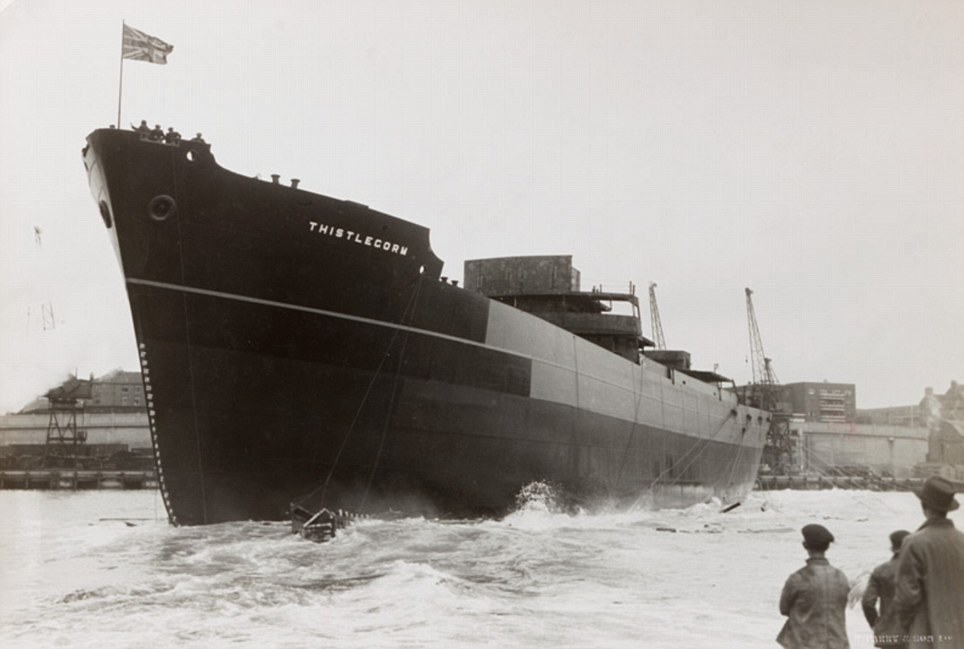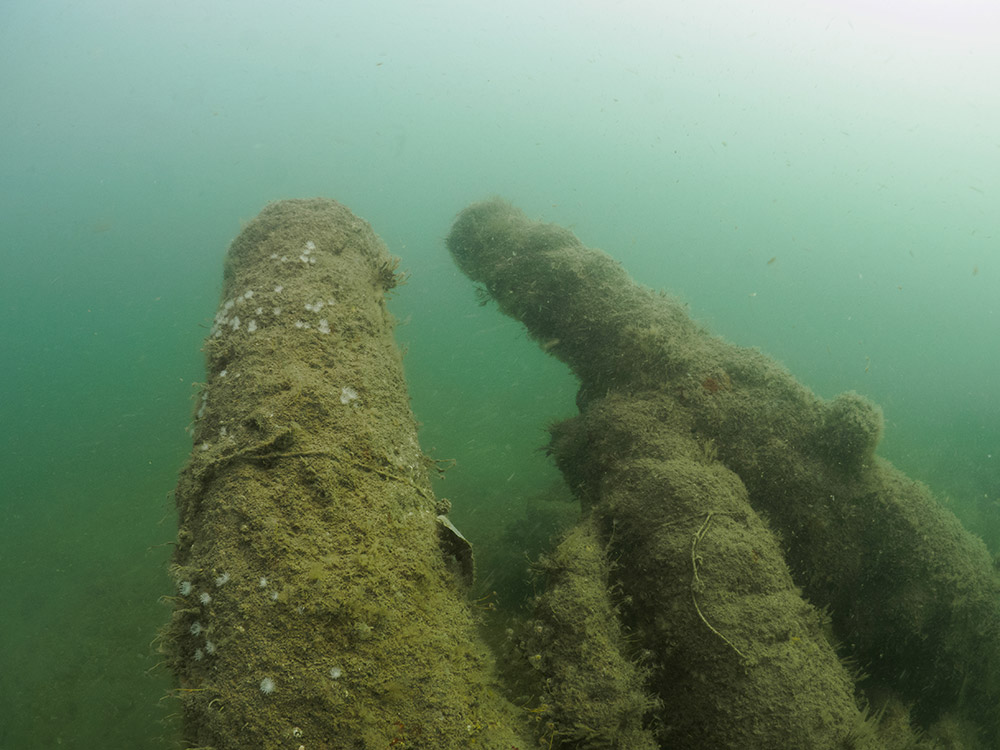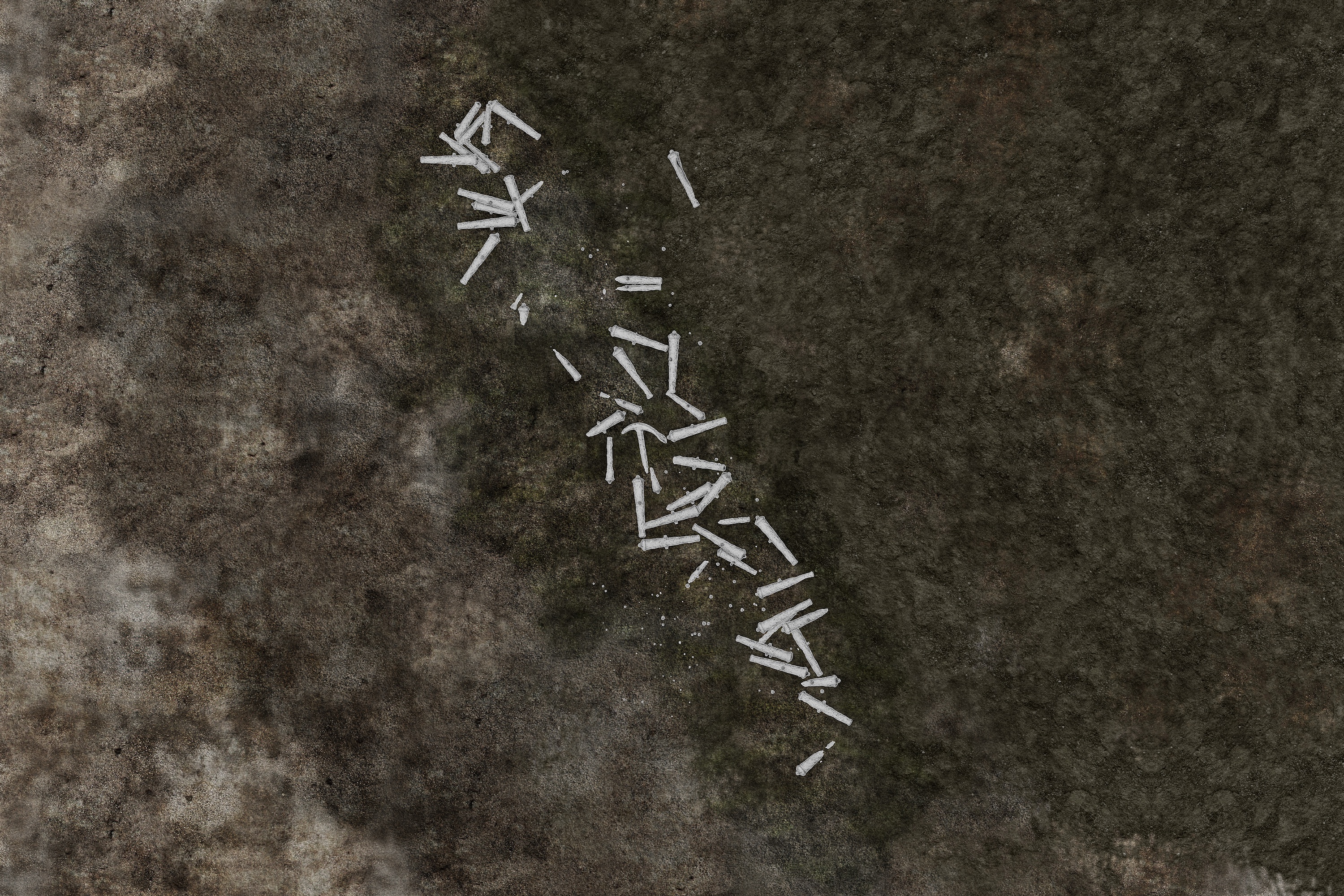Sorry - Your web browser does not support all features of this 3D tour
Please upgrade to the latest version, or download a modern web browser such as Google Chrome or Mozilla Firefox.
IgnorePlease upgrade to the latest version, or download a modern web browser such as Google Chrome or Mozilla Firefox.
Ignore
She set sail on her fourth and final voyage from Glasgow on 2 June 1941, destined for Alexandria, Egypt. The vessel's cargo included: Bedford trucks, Universal Carrier armoured vehicles, Norton 16H and BSA motorcycles, Bren guns, cases of ammunition, and 0.303 rifles as well as radio equipment, Wellington boots, aircraft parts, railway wagons and two LMS Stanier Class 8F steam locomotives. These steam locomotives and their associated coal and water tenders were carried as deck cargo intended for Egyptian National Railways. The rest of the cargo was for the Allied forces in Egypt.
There was a large build-up of Allied troops in Egypt during September 1941 and German intelligence (Abwehr) suspected that there was a troop carrier in the area bringing in additional troops.[5] Two Heinkel He 111 aircraft of II Staffeln, Kampfgeschwader 26, Luftwaffe,[6] were dispatched from Crete to find and destroy the troop carrier. This search failed but one of the bombers discovered the vessels moored in Safe Anchorage F. Targeting the largest ship, they dropped two bombs on the Thistlegorm, both of which struck hold 4 near the stern of the ship at 0130 on 6 October. The bomb and the explosion of some of the ammunition stored in hold 4 led to the sinking of the Thistlegorm with the loss of four sailors and five members of the Royal Navy gun crew. The survivors were picked up by HMS Carlisle. Most of the cargo remained within the ship, the major exception being the steam locomotives from the deck cargo which were blown off to either side of the wreck.
This visualisation is based on the 3D photogrammetry survey completed by Simon brown (Deep3D), the visual effects, interactive tour system and 360 videos are developed by Mike Postons (3deep Media). The project was led by Jon Henderson (Nottingham University) with collaboration from Ain Shams University, Alexandria University and CMAS. The project was funded by the Newton-Mosharafa Fund and Britsh Council.

(UID: 1037, 1038 and 1039 with 1040 lying on the seabed)
At the northern most part of the wreck assemblage there is a stunning view of four large (3.5m) cast iron guns. Three of the guns (No’s 1037, 1038 and 1039) are protruding out of the seabed at about a 40° angle. Given their location, at the presumed bow of the wreck site, it is possible these guns formed part of the ship’s forward defences. Image credit: Sylvia Pryer



